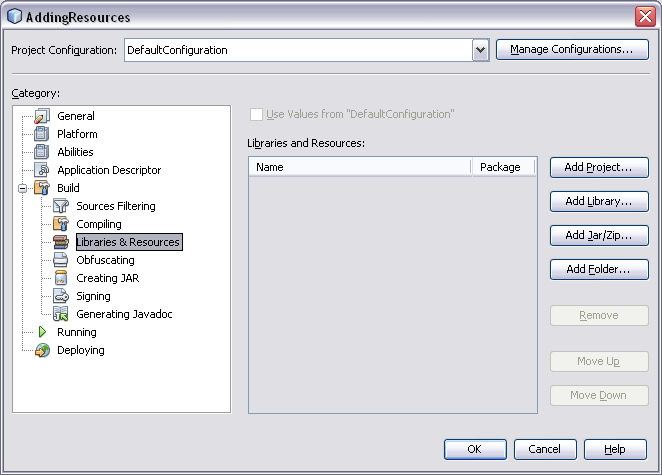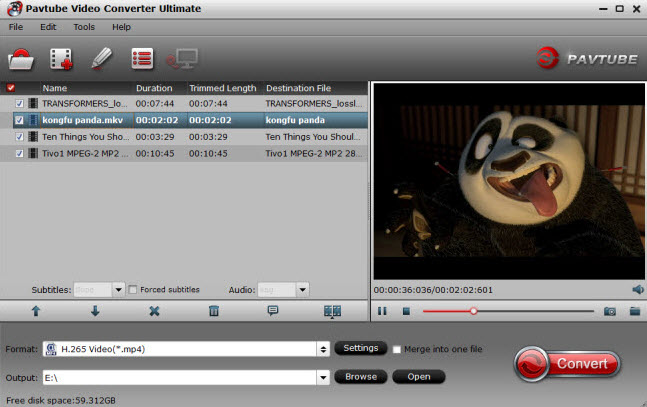Class.forname Oracle Drivers For Mac

The JLS provides the following description of Class.forName():
Given the fully qualified name of a class, this method attempts to locate, load, and link the class. If it succeeds, then a reference to the Class object for the class is returned. If it fails, then an instance of ClassNotFoundException is thrown.
Re: Class.forName('oracle.jdbc.driver.OracleDriver') method doubt 3004 Jan 22, 2009 10:46 AM (in response to user10137999) this has nothing to do with JDBC, it's standard behaviour for Java. The command Class.forName(String className) causes the JVM to load the requested class into memory.
Class lookup is always on behalf of a referencing class and is done through an instance of ClassLoader. The difference between the Java Development Kit (JDK) implementation and Oracle JVM implementation is the method in which the class is found:
The JDK uses one instance of
ClassLoaderthat searches the set of directory tree roots specified by theCLASSPATHenvironment variable.Oracle JVM defines several resolvers that specify how to locate classes. Every class has a resolver associated with it, and each class can, potentially, have a different resolver. When you run a method that calls
Class.forName(), the resolver of the currently running class, which isthis, is used to locate the class.

You can receive unexpected results if you try to locate a class with an incorrect resolver. For example, if a class X in schema X requests a class Y in schema Y to look up class Z, you will experience an error if you expected the resolver of class X to be used. Because class Y is performing the lookup, the resolver associated with class Y is used to locate class Z. In summary, if the class exists in another schema and you specified different resolvers for different classes, as would happen by default if they are in different schemas, you may not find the class.
You can solve this resolver problem as follows:
Avoid any class name lookup by passing the
Classobject itself.Supply the
ClassLoaderinstance in theClass.forName()method.Supply the class and the schema it resides in to the
classForNameAndSchema()method.Supply the schema and class name to
ClassForName.lookupClass().Serialize your objects with the schema name and the class name.
Note:
Another unexpected behavior can occur if system classes invoke Class.forName(). The desired class is found only if it resides in SYS or in PUBLIC. If your class does not exist in either SYS or PUBLIC, then you can declare a PUBLIC synonym for the class.
This section covers the following topics:
Related Topics
2.8.1 Supply ClassLoader in Class.forName()
Oracle Database uses resolvers for locating classes within schemas. Every class has a specified resolver associated with it, and each class can have a different resolver associated with it. As a result, the locating of classes is dependent on the definition of the associated resolver. The ClassLoader instance knows which resolver to use, based on the class that is specified. When you supply a ClassLoader instance to Class.forName(), your class is looked up in the schemas defined in the resolver of the class. The syntax of this variant of Class.forName() is as follows:
The following examples show how to supply the class loader of either the current class instance or the calling class instance.
Example 2-1 Retrieve Resolver from Current Class
You can retrieve the class loader of any instance by using the Class.getClassLoader() method. The following example retrieves the class loader of the class represented by instance x:
Example 2-2 Retrieve Resolver from Calling Class
You can retrieve the class of the instance that called the running method by using the oracle.aurora.vm.OracleRuntime.getCallerClass() method. After you retrieve the class, call the Class.getClassLoader() method on the returned class. The following example retrieves the class of the instance that called the workForCaller() method. Then, its class loader is retrieved and supplied to the Class.forName() method. As a result, the resolver used for looking up the class is the resolver of the calling class.
2.8.2 Supply Class and Schema Names to classForNameAndSchema()
You can resolve the problem of where to find the class by supplying the resolver, which can identify the schemas to be searched. Alternatively, you can supply the schema in which the class is loaded. If you know in which schema the class is loaded, then you can use the classForNameAndSchema() method, which is in the DbmsJava class provided by Oracle Database. This method takes both the name of the class and the schema in which the class resides and locates the class within the designated schema.
Example 2-3 Providing Schema and Class Names
The following example shows how you can save the schema and class names using the save() method. Both names are retrieved, and the class is located using the DbmsJava.classForNameAndSchema() method.
2.8.3 Supply Class and Schema Names to lookupClass()
You can supply a String value containing both the schema and class names to the oracle.aurora.util.ClassForName.lookupClass() method. When called, this method locates the class in the specified schema. The string must be in the following format:
For example, to locate com.package.myclass in the HR schema, use the following:
Hello I wanna receiver a DRM signal with Gqrx and one RTL-SDR but I don't know how to do it, I found different implementations about this but I has been had problems with it, if someone know how to do it or have something documentation for this. If you canhear it, you can record it, or pipe a copy into other software.You may need to enable that 'recording device' but there isplenty on the web showing how to do that.Just Google 'enable stereo mix device' and all will be revealed.73.Dave G0WBX. Dmr decoder android.
Note:
Use uppercase characters for the schema name. In this case, the schema name is case-sensitive.
2.8.4 Supply Class and Schema Names when Serializing
When you deserialize a class, part of the operation is to lookup a class based on a name. To ensure that the lookup is successful, the serialized object must contain both the class and schema names.
Oracle Database provides the following classes for serializing and deserializing objects:
oracle.aurora.rdbms.DbmsObjectOutputStreamThis class extends
java.io.ObjectOutputStreamand adds schema names in the appropriate places.oracle.aurora.rdbms.DbmsObjectInputStreamThis class extends
java.io.ObjectInputStreamand reads streams written byDbmsObjectOutputStream. You can use this class in any environment. If used within Oracle Database, then the schema names are read out and used when performing the class lookup. If used on a client, then the schema names are ignored.
2.8.5 Class.forName Example
The following example shows several methods for looking up a class:
The preceding example uses the following methods for locating a class:
To use the resolver of the class of an instance, call
lookupWithClassLoader(). This method supplies a class loader to theClass.forName()method in thefromvariable. The class loader specified in thefromvariable defaults to this class.To use the resolver from a specific class, call
ForName()with the designated class name, followed bylookupWithClassLoader(). TheForName()method sets thefromvariable to the specified class. ThelookupWithClassLoader()method uses the class loader from the specified class.To use the resolver from the calling class, first call the
ForName()method without any parameters. It sets thefromvariable to the calling class. Then, call thelookupWithClassLoader()method to locate the class using the resolver of the calling class.To lookup a class in a specified schema, call the
lookupWithSchema()method. This provides the class and schema name to theclassForNameAndSchema()method.
